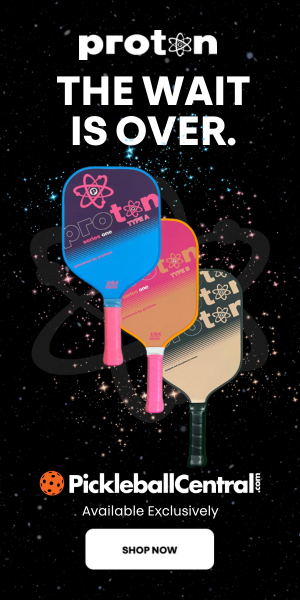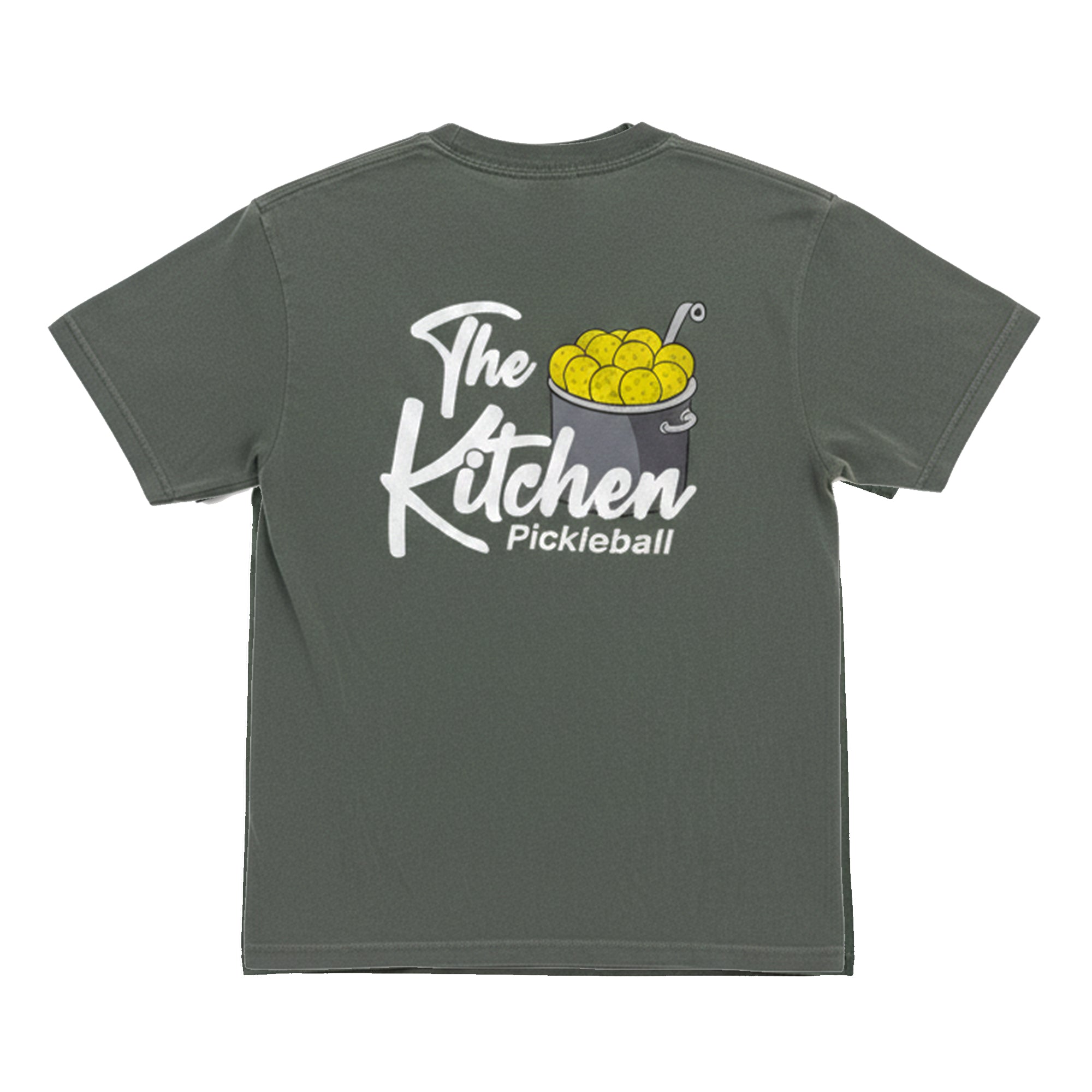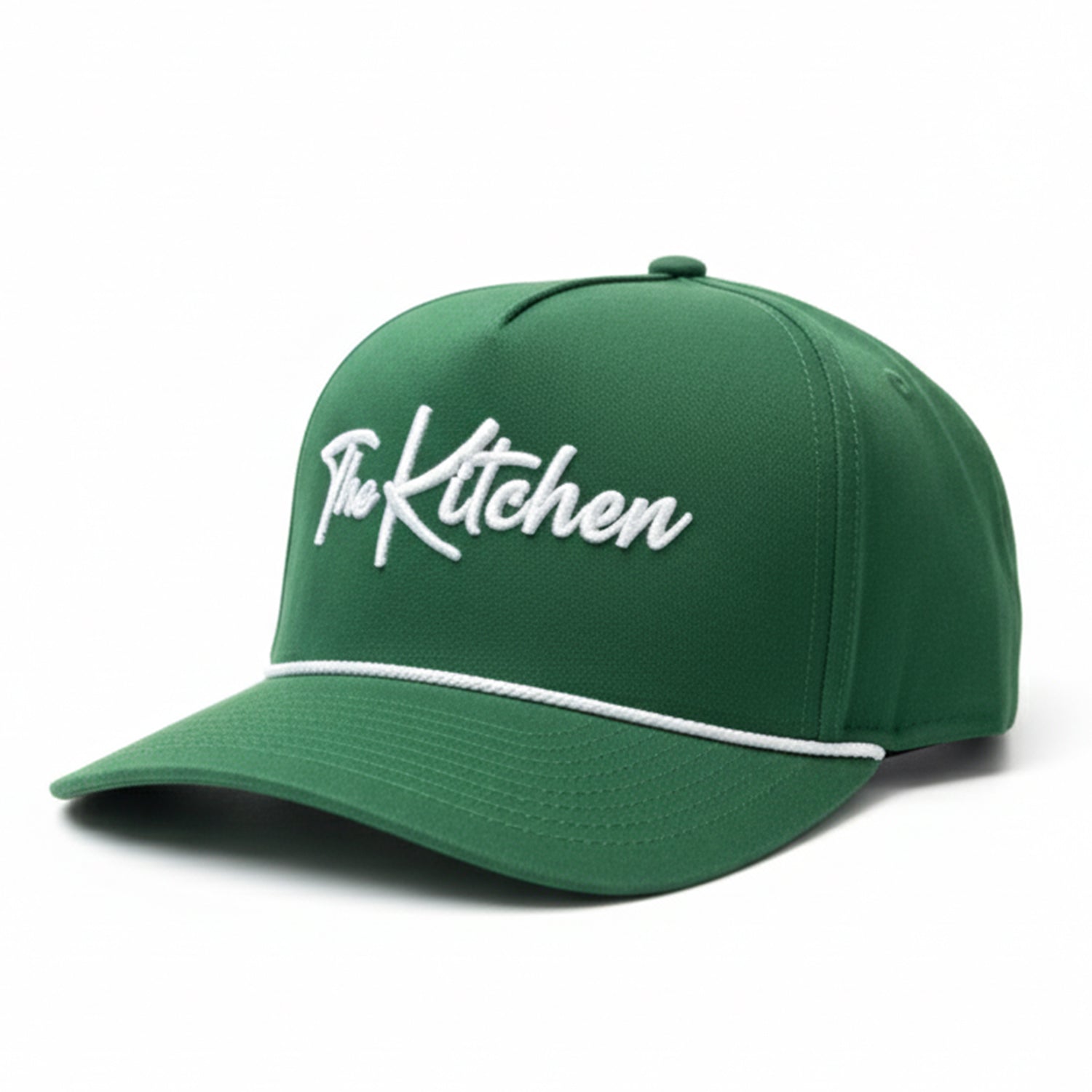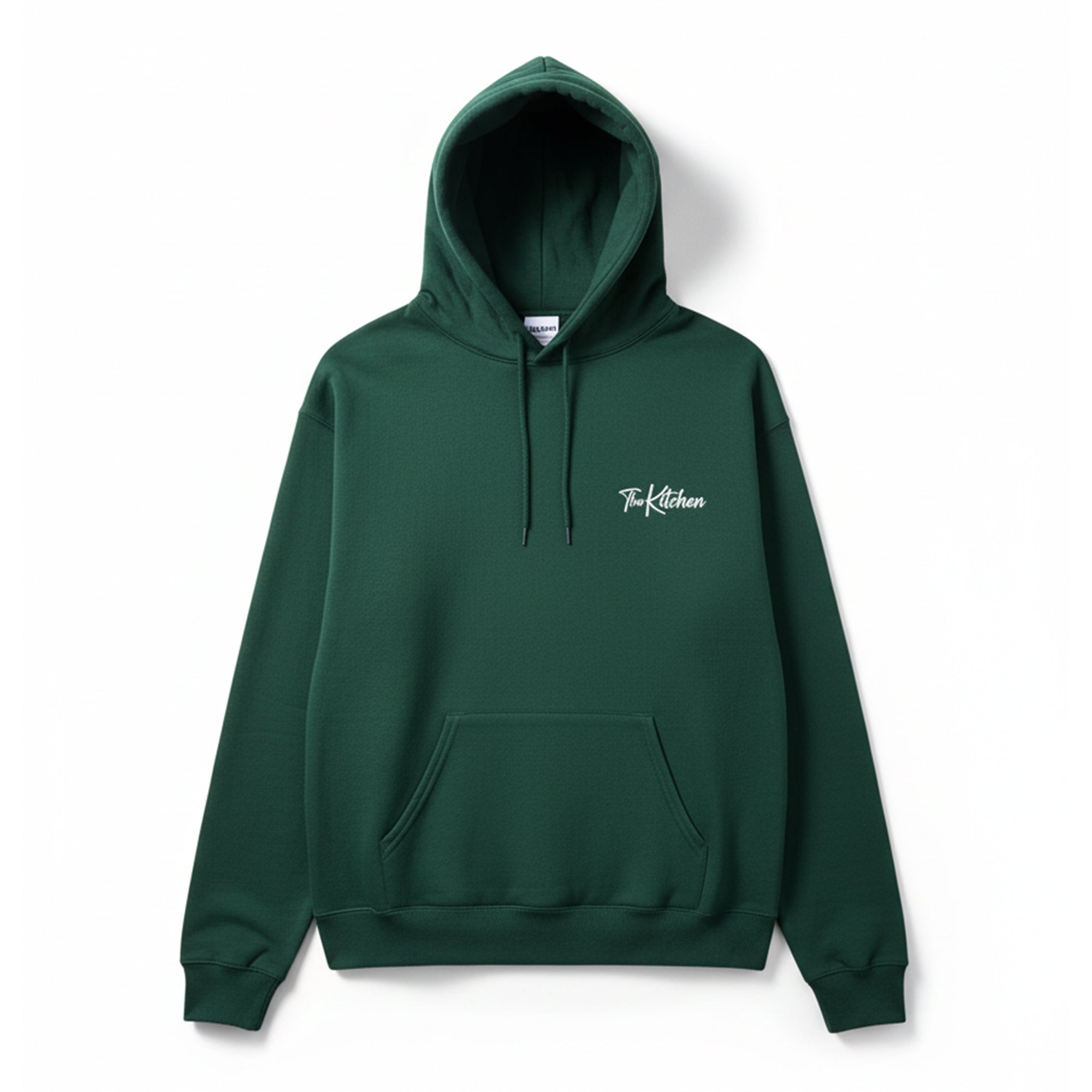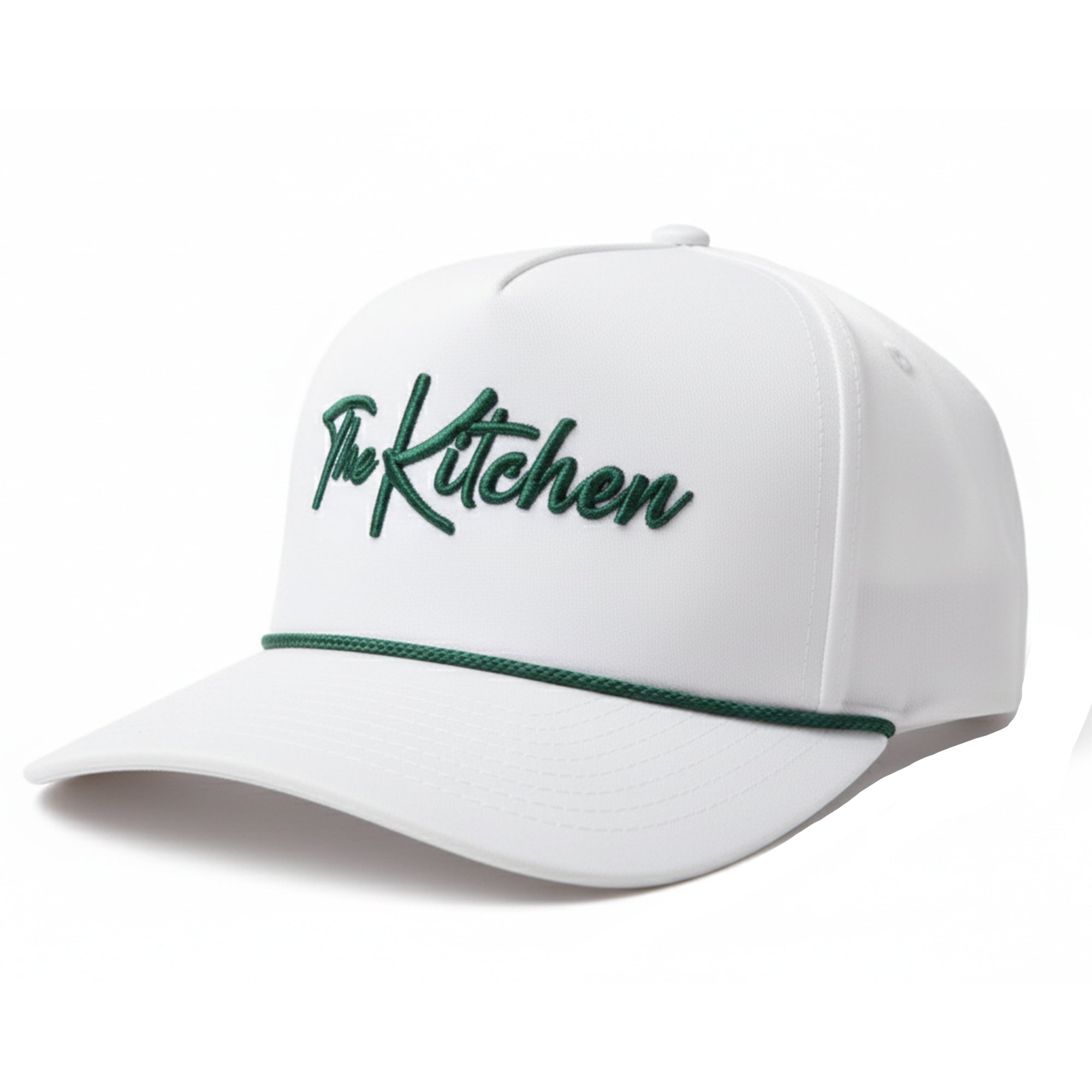Opinion: New PPA Tour and MLP prize money structure is a win for pro pickleball
Last Edited
Jun 25 2025
Category
News
The PPA Tour and Major League Pickleball announced earlier this week that they will begin renegotiating player contracts beginning July 1 as the leagues move toward a new prize money model for player compensation.
You can find all the details on the different contract negotiation windows and the prize money structure here.
My overall take: This is a good day for pro pickleball. The tours are committing to millions of dollars in prize money with this move, which further legitimizes the sport and rewards the players who perform the best.
Before I dive more into my thoughts, a brief history lesson:
In 2023, the PPA Tour and Major League Pickleball battled to sign players to exclusive contracts that were guaranteed regardless of performance, with a few deals exceeding seven figures and many in the high six-figure range. Most of those deals went through the end of 2026.
The mad dash to lure players to one side or the other led to inflated contracts and inconsistencies in the number of events required and which events were mandatory for players to participate in.
Read next: How did we get here? — A deep dive into the past 25 years of pickleball in America
It also led to wildly inconsistent salary amounts, which had more to do with when a player inked a deal during the chaos rather than actual on-court performance.
When the two entities later merged to form what is now the United Pickleball Association, it was clear that the inflated guaranteed contracts presented a problem for the long-term sustainability of the tours.
Here are a few ways the new prize money model can solve that problem:
1. No more mailing it in and still collecting a check
It's an unfortunate reality that some players have been content to collect their guaranteed money while putting less effort into their training and overall performance. I'm not going to name names, but if you've been paying attention the past 2 years, you probably know the ones.
The new model rewards performance, plain and simple. And it especially rewards consistent performance. If you're in the mix week in and week out, you're going to make a good living. That's the way it should be.
2. This move creates big money events that should result in more interest from fans and TV partners
One issue the leagues have right now is that every event can kind of blur together. Last week's Orange County Cup doesn't look or feel that much different than last month's Atlanta Pickleball Championships, even though one is a "Slam" worth 2,000 ranking points and one is a "Cup" worth 1,500 ranking points. Having prize money is another way to communicate to fans that one is truly a big event and they should pay attention, similar to the way majors in golf or tennis are a much bigger deal than the regular events on those tours.
I assume this will also help from a TV partner perspective. The MLP Championship has a huge payout under this new prize money model, which means the league can go to the executives at ESPN or CBS Sports or whoever and say, "Hey, we're gonna play this pickleball match for $1 million. Is that something you'd be interested in showing to your audience?" I think the answer to that would be yes.
3. New model creates a more defined pathway for up-and-coming players
This week's news is a huge development for junior pickleball. The payouts are public now for everybody to see -- if you want to pursue a pro pickleball career and think you can be among the best players in the world, the money is out there for you. When I first saw the different payout grids (Gold Card Grid, Standard Contract Grid and Futures Grid), I thought the numbers were too heavily skewed toward those who are able to sign a "Gold Card Contract" next month. But the more I thought about it, the more it made sense to me.
The different grids create a clear entry point for up-and-coming players where they will make so-so money if they perform well. But if they continue to have good results, they can work their way up into a better prize money tier. This is similar to almost every other pro sport -- the rookies make less than the more established players. That's because in most cases it's the established players who put butts in seats and draw eyeballs on TV (think Ben Johns and Anna Leigh Waters). Their compensation should match that reality.
Pro pickleball to this point has had an insanely low barrier to entry compared to other pro sports, and I actually think raising this barrier to entry is a better look for pickleball long term. It should be hard as hell to make it as a pro athlete, and this new model creates a world where new players will have to grind for a couple years before they cash big.
Golf is a good example of this progression. Scottie Scheffler, the No. 1 player in the world, started is pro golf career on the Korn Ferry Tour -- the developmental arm of the PGA Tour. He made just over $130,000 his first year (not taking into account huge travel and lodging expenses). I'm sure that first year was a grind. But he continued to have good results, eventually graduated to the PGA Tour, and last year he made more than $62 million in prize money. We're obviously dealing with smaller numbers in pickleball at this point, but I hope in a few years I can tell a similar story for a handful of pro pickleball players. This prize money structure gives us that pathway.
Some have pointed out that the new payout model seems top heavy in terms of the discrepancy between first-place money and Round of 16 money -- and if you don't make the Round of 16, you don't get paid at all. For example, the winning team in men's doubles at a PPA Tour "Slam" will make $90,000 going forward, while a Round of 16 team will make $6,000. That's a 15x difference, which is not much different than other sports that have an "eat what you kill" pay structure.
At last month's U.S. Open in golf, winner J.J. Spaun made $4.3 million. A group of players who tied for 19th made $243,000 -- that's an even bigger discrepancy (17x) between the top finisher and essentially a Round of 16 finisher.
To keep the golf comparisons going, not making the Round of 16 should now be viewed as not making the cut in a golf tournament. If you don't make the cut in a PGA Tour event, you don't get a check. Try again next week. As I said, this is supposed to be hard.






